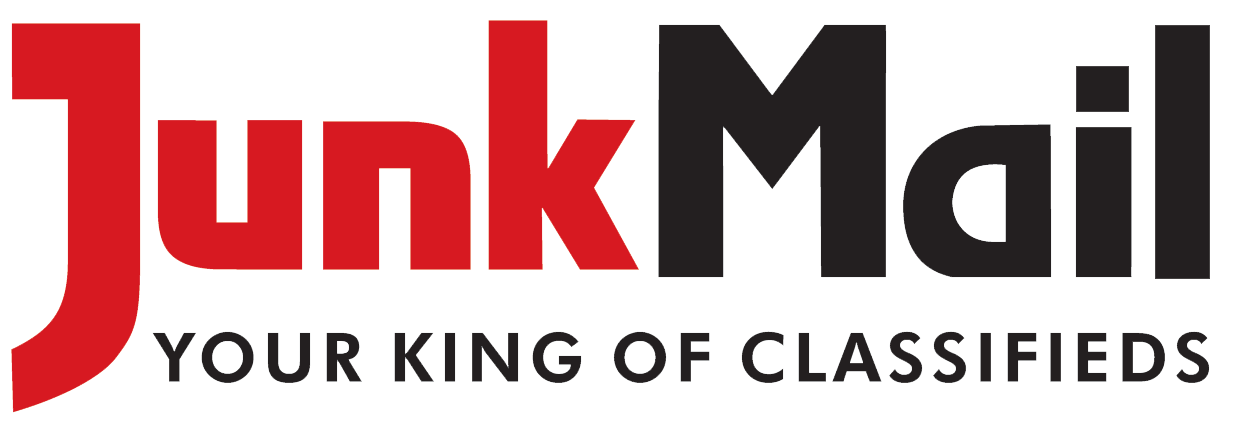
PayPal is a great site and is used by many to send and receive money. Unfortunately some dishonest people are using the Popularity of PayPal to line their own pockets with gold at the expense of unsuspecting PayPal members. These Paypal Scam Artists will try to get your PayPal ID and password so they can Login then Clean out your PayPal Account of all funds. PayPal is fully aware of this problem and is doing everything possible to stop this. Unfortunately if someone logs into an account with a valid Id and Password it is very hard for PayPal or any other secure site for that matter to stop it. As a consumer you need to be educated so you can protect yourself.
A Typical PayPal Scam Artist will send you an e-mail requesting that you update your account. Often this request to update your account is made under some false pretence like it is suspended or has been suspected of Fraudulent use. You will notice the PayPal Link on the page you receive a link to looks real. Don’t click it. You can however do a right click properties and notice that it is in fact a phony link.
Here are 7 ways to spot a PayPal Scam E-mail and Protect Yourself from Identity Theft:
- Wrong E-Mail Address – Any E-mail Sent to an E-mail Address that is Not Your Primary PayPal E-mail Account is more then likely a scam.
- Fake links – After you click on the Link if it doesn’t Start with “https://www.paypal.com” then it is a Fake Link. Even if it says PayPal in it somewhere it is a Fake Link. The term “https” should always precede any website address where you enter personal information. The “s” stands for secure. If you don’t see “https,” you’re not in a secure web session, and you should not enter data. (This also goes for any payment Processor including your online Bank Accounts).
- Subject Lines – Subjects like “Please Restore Your Account Access”.
- Generic greetings – Lots of emails begin with a Greeting, such as: “Dear PayPal member. PayPal knows the name you used when you registered your account.
- Action Required Now – Many Fake emails try to trick you with the threat that your account is in jeopardy if you don’t sign in and fix it NOW!
- HTML E-mails – E-mails that appear to be websites. Some e-mails will look like a website in order to get you to enter personal information. PayPal never asks for personal information via e-mail.
- Misspellings and bad grammar – Fake e-mails may contain misspellings, incorrect grammar, missing words. Many times these are used to trick the E-mail Filters
These tips should prove helpful:
- If you receive an E-mail with a Link requesting you to click on the link and sign in to your PayPal account, Don’t Do It!
- If you receive an E-mail with what looks like a PayPal Sign in Form, Don’t Sign in!
- If you are unsure if the e-mail is Real or fake forward it to spoof@paypal.com and request assistance.
- If you absolutely must login to your PayPal account then I would highly recommend you do the Following. Close all open Browser sessions. Run a Spyware check on your computer. You can get a free Spyware program here (http://download.cnet.com/Spyware-Doctor/3000-8022_4-10293212.html?tag=mncol;1) then type in https://www.paypal.com/ directly into your Browser window do not click on any links.
The Junk Mail team hopes that users will find this information useful.
This information was posted on http://www.x-stream.za.net/. PayPal has an excellent online article about how to spot Fake E_mails. Much of the Material in this post is derived from the PayPal site http://www.paypal.com/us/cgi-bin/abuser?cmd=kept/general/SecuritySpoof. Feel free to share this post with your friends to make them aware of this.
Also feel free to check out the following related posts on the Junk Mail blog in the Safety & Security section:







